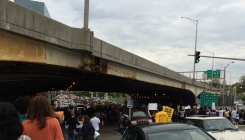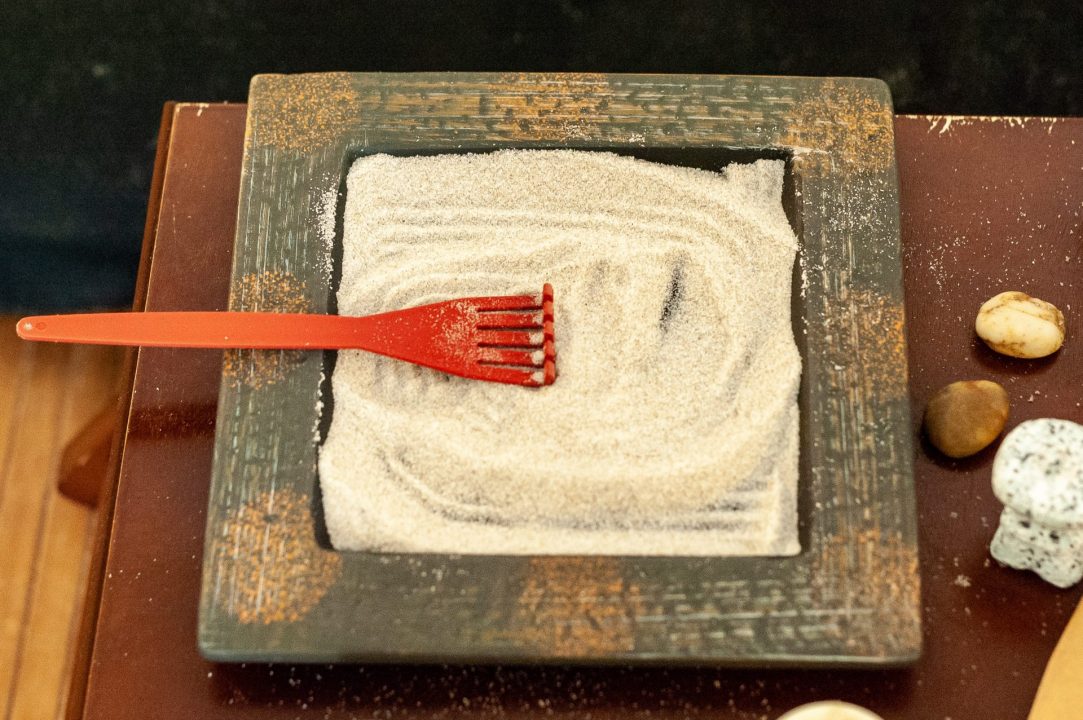While Baltimore has always been an interesting city, this past year has been filled with history-making events, trailblazing activism and headlining stories. As part of Critical Social Justice Week, the Women’s Center, along with other student organizations, put together “Vines, Rhymes, and Headlines: Telling the Story of Baltimore,” a multimedia exhibit in The Commons Main Street last Thursday.
The exhibit featured a discussion with Karen Houppert, author and editor-in-chief of Baltimore City Paper, and James MacArthur, a Baltimore journalist and radio personality. The two spoke about their roles and responsibilities as journalists and how they handled the Baltimore uprising this past spring. The focus remained on racism in the media and the pursuit of justice and equality in their lines of work.
When asked if she foresaw true equality ever taking place in the media, Houppert responded, “I don’t think it’ll happen without a lot of pressure from readers, citizens and journalists alike. Not every story has to be about crime. There needs to be a change in the way reporters and editors decide on pieces to cover and realize who they’re targeting and how they’re portraying them.”
MacArthur mentioned the importance of social networks in the media today, saying, “The funny thing about Twitter is you only know about the people you interact with, so you’re missing so much from so many other people. It’s an exciting place to be as a young journalist where there’s so much more interaction between the writer and the reader, when it’s used correctly. We get tips quicker. We get more opinions and views.”
Multiple display boards were set up for the exhibit with titles including “Black Trauma,” “Twitter Trends” and “Hashtags for Change.” These included screenshots and photos from Twitter, Facebook and other social media outlets expressing various opinions posted during the Baltimore uprising. Other cases of police brutality or negligence were highlighted, as well as comparisons between black and white crimes.
Kayla Smith, a junior interdisciplinary studies major, helped plan and run the event. “All of the boards were made by Women’s Center staff members, including myself. These were big research projects we’ve all taken on individually and also collaboratively,” said Smith. “Along with the Mosaic Center, we’ve been planning CSJ week since the summer and this multimedia exhibit was really fun to work on.”
The Women’s Center and other contributors to CSJ week believe that in order to solve the issues, we must be educated about them first. “I’ve had a great time putting this together,” said Smith. “It’s unfortunate that some of these crimes and things happen, but it’s been our job to learn about them and then teach others as well.”





